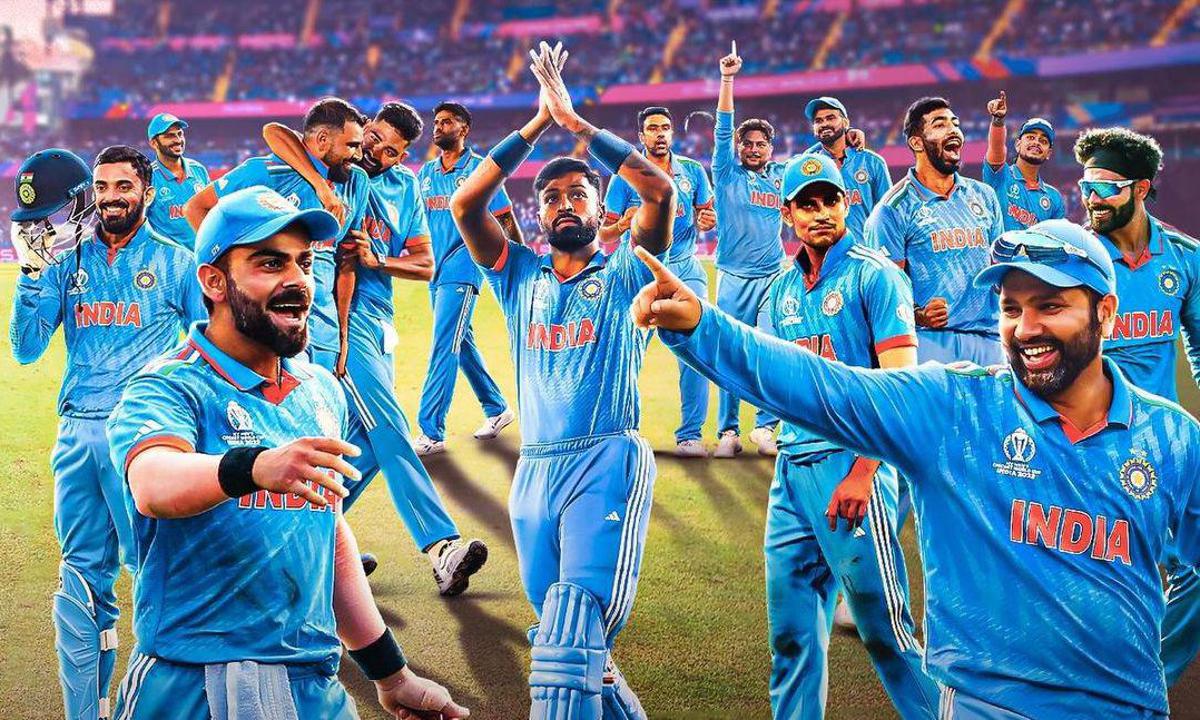The Role of Data Science in Cricket Strategy Development: 99exch, Reddy Anna Book, Allpanel
99exch, Reddy Anna Book, All Panel.com, Allpanel: Cricket strategy has transformed significantly over the years, adapting to the changing dynamics of the game. Initially, cricket was more about traditional techniques and limited innovations, focusing on basics like batting, bowling, and fielding. However, as the sport progressed, strategies evolved to include variations like power hitting, reverse swing bowling, and aggressive field placements. These new tactics aimed to outsmart the opposition and gain a competitive edge.
Moreover, the advent of T20 cricket revolutionized the strategic aspect of the game, introducing a fast-paced format that demanded quick thinking and adaptability from players and teams. Strategies shifted towards maximizing run-scoring opportunities, innovative fielding placements, and short, intense bowling spells. This transformation forced players and coaches to rethink traditional approaches and embrace innovative tactics to succeed in modern cricket. The evolution of cricket strategy continues to unfold, with teams constantly seeking new methods to stay ahead in a highly competitive environment.
The Impact of Data Science on Player Performance
Data science has become an integral tool in enhancing player performance across various sports, including cricket. By leveraging advanced analytics and statistical modeling, teams can now gather comprehensive data on player metrics, playing styles, and strategies. This data-driven approach allows coaches and players to make more informed decisions, leading to improved performance on the field.
From tracking player fitness levels to analyzing match data for strategic insights, data science plays a crucial role in optimizing player performance. By dissecting intricate details of each player’s performance, teams can identify strengths and weaknesses, enabling them to tailor training programs and match strategies accordingly. Ultimately, the integration of data science in cricket has revolutionized the way players prepare and perform, pushing the boundaries of what is achievable on the field.
Analyzing Match Data for Strategic Insights
As cricket continues to evolve, the analysis of match data plays an increasingly crucial role in enhancing strategic insights. By dissecting various data points such as player performance, pitch conditions, and opposition strengths and weaknesses, teams can make well-informed decisions both on and off the field. This data-driven approach allows for a more targeted game plan that can exploit the opposition’s vulnerabilities and optimize the team’s own strengths.
Furthermore, the utilization of match data analytics enables teams to adapt and innovate their strategies in real time during matches. Coaches and players can closely monitor live data streams to identify patterns and trends, enabling them to make tactical adjustments on the fly. This agile approach to strategy implementation can be a game-changer in high-pressure situations, giving teams a competitive edge and increasing their chances of success.







